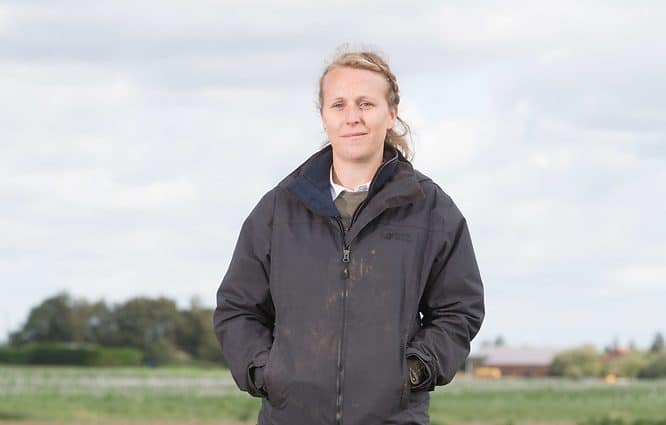Treat grass like a crop – Agronomist & Arable Farmer
Grass suits UK conditions and can produce well over 12t DM/ha, yet the current average for improved grassland is just 7-8t DM/ha ...
Grass suits UK conditions and can produce well over 12t DM/ha, yet the current average for improved grassland is just 7-8t DM/ha. Hutchinsons agronomist Amie Hunter says it is vital farmers get the most they can from every tonne of crop. Arable farmers consistently focus on this goal, and the same focus should apply to grassland.
Cereal growers spend considerable time selecting varieties with the right yield, quality and agronomic qualities. As grass is in the ground for much longer, it could be argued variety is even more important, as a wrong choice will have longer-term effects. There are differences in the characteristics of Italian, perennial or hybrid ryegrasses, with different heading dates and varying agronomic properties between varieties.
Consider how often you reseed; grass swards naturally change over time, with the percentage of sown species declining. Weed grasses are much lower-yielding, have poorer feed quality and a worse response to fertiliser. Grass leys should be regularly monitored, and reseeding should be considered when the percentage of sown species drops below 50%.
Start with the soil
Soils are vulnerable and easily damaged by heavy rain, poaching and machinery traffic. Research shows that first-cut silage yields can be reduced by over 30% after compaction. Assess soil structure to help formulate an appropriate plan to rectify any compaction problems. Grassland soils should be sampled every four years, and a full nutrient management plan should be produced to ensure optimum nutrition.
Ryegrass is very responsive to nitrogen, and in good growing conditions grassland can use 2.5kg N/ha a day. However, uptake will be poor if other nutrients are out of balance. Insufficient sulphur can lead to reduced yields and protein, resulting in high nitrate levels accumulating in the leaf, reducing palatability.
Regular soil testing allows farmers to monitor pH – a score of 5-5.5 can cause a 10% drop in grass yield. A better approach would be to use Terramap to scan fields, which gives variable pH maps (in addition to other soil properties). Variable application can help even up the field and reduce costs.
Weed control
As with cereal crops, weeds can have a significant effect on grass yields. Generally, each 1% ground cover of grassland weeds equates to 1% yield loss. Weeds can also cause problems with silage quality, forage use (where grazing animals avoid them) and stock health.
